How to Grow Your Own Indoor Herb Garden
Indoor herb gardens are a great way to add fresh herbs to your cooking and enhance the flavor of your meals. Not only are they easy to maintain, but they also add a touch of greenery to your home. Growing your own herbs indoors is not only cost-effective, but it also ensures that you have access to fresh herbs year-round.
Benefits of Growing an Indoor Herb Garden
There are numerous benefits to growing your own indoor herb garden. Here are a few:
- You’ll have access to fresh herbs all year round
- You can save money by growing your own herbs instead of buying them at the store
- You’ll have the satisfaction of growing your own food
- Your home will smell fresh and fragrant
- You’ll have a source of natural remedies for common ailments
Choosing the Right Herbs
Before you start your indoor herb garden, it’s important to choose the right herbs. Some herbs are easier to grow indoors than others. Here are a few herbs that are well-suited for indoor growing:
- Basil
- Mint
- Parsley
- Chives
- Cilantro
- Thyme
These herbs are easy to grow and require minimal care. They also have a variety of culinary uses and can be used in a range of dishes.
Setting Up Your Indoor Herb Garden
Setting up your indoor herb garden is easy. You’ll need a few basic supplies, including:
- Pots or containers
- Soil
- Seeds or seedlings
- Water
- Sunlight or grow lights
With these supplies, you can create a thriving indoor herb garden in no time.
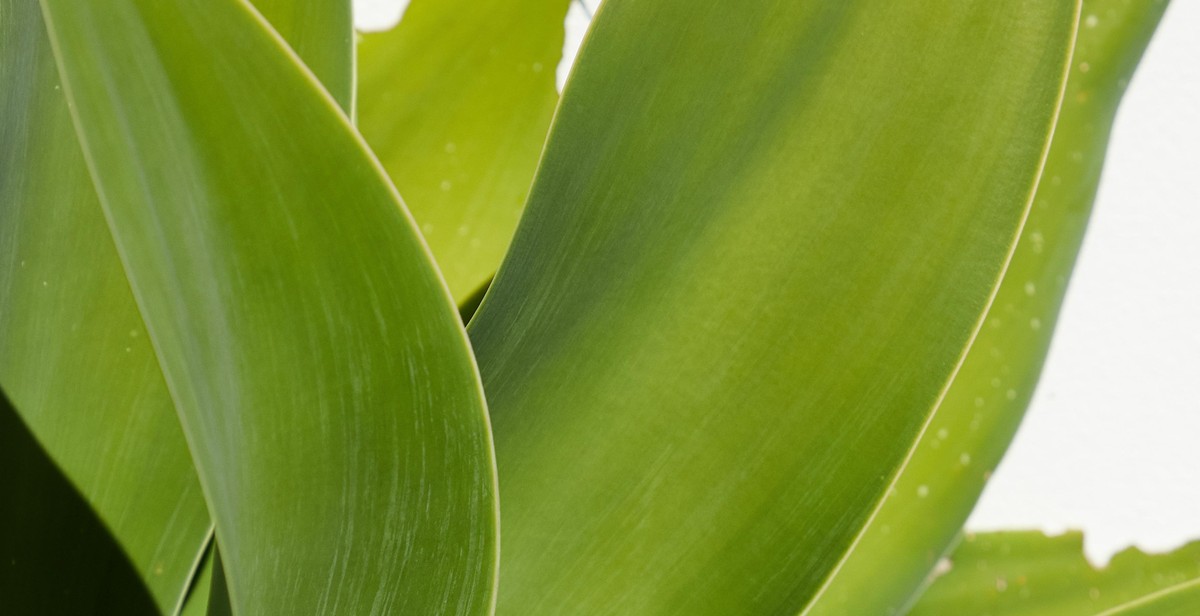
Benefits of Growing Your Own Indoor Herb Garden
Growing your own indoor herb garden has numerous benefits that go beyond just adding flavor to your dishes. Here are some of the top benefits:
Fresh Herbs All Year Round
One of the biggest advantages of growing herbs indoors is that you can enjoy fresh herbs all year round, regardless of the season. You won’t have to worry about your herbs dying off during the winter or having to buy expensive herbs from the grocery store. With an indoor herb garden, you can simply pick the herbs you need as you need them.
Cost-Effective
Growing your own herbs is also a cost-effective way to add flavor and nutrition to your meals. Buying fresh herbs from the grocery store can be expensive, and you often end up with more than you need, leading to waste. With an indoor herb garden, you can grow just the amount you need without any waste. Additionally, herbs are easy to grow and require minimal maintenance, making them a great investment for your wallet.
Healthy and Nutritious
Finally, growing your own herbs is a great way to add more nutrition to your diet. Herbs are packed with vitamins, minerals, and antioxidants that can help boost your immune system and promote overall health. Plus, by growing your own herbs, you can ensure that they are free from harmful pesticides and chemicals, making them a healthier option than store-bought herbs.

Choosing the Right Location
When it comes to growing an indoor herb garden, choosing the right location is crucial for the success of your plants. Here are some factors to consider:
Light Requirements
Most herbs require at least 6-8 hours of sunlight per day. However, not all indoor spaces receive enough natural light. If your space is lacking in natural light, consider supplementing with artificial light sources such as grow lights. Place your herbs near a window or under grow lights to ensure they receive adequate light.
Temperature and Humidity
Herbs thrive in a warm, humid environment. Keep your indoor herb garden in a room with a temperature between 60-75°F and a humidity level of 40-60%. If your home is particularly dry, consider using a humidifier to increase the moisture in the air.
Space and Size
Consider the size of your indoor space and the size of your pots when choosing the location for your herb garden. Make sure there is enough room for your herbs to grow and spread out. If you have limited space, consider using vertical planters or hanging planters to maximize your space.
| Factors to Consider | Requirements |
|---|---|
| Light | 6-8 hours of sunlight per day or artificial light sources |
| Temperature | 60-75°F |
| Humidity | 40-60% |
| Space | Adequate room for growth and spreading out |
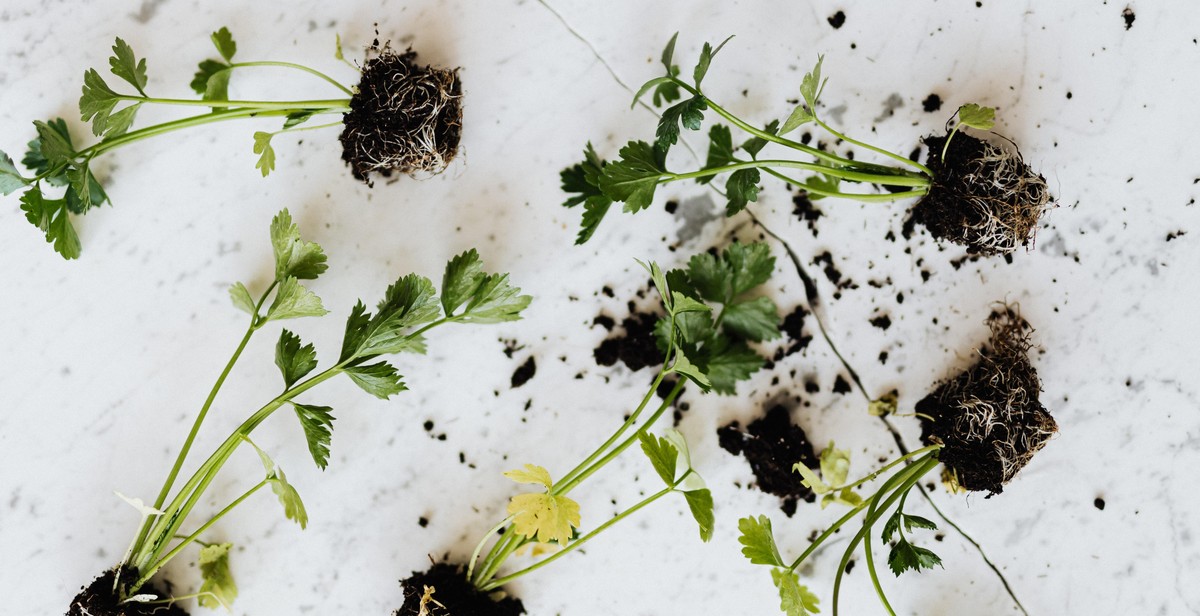
Selecting the Right Herbs
When it comes to selecting the right herbs for your indoor herb garden, there are a few things to consider. Firstly, you should choose herbs that are popular and commonly used in cooking. This will ensure that you get the most use out of your herb garden and that you always have fresh herbs on hand.
Popular Indoor Herbs
Some popular indoor herbs include:
- Basil
- Chives
- Cilantro
- Mint
- Oregano
- Parsley
- Rosemary
- Sage
- Thyme
These herbs are not only easy to grow indoors, but they are also versatile and can be used in a wide range of dishes.
Consider Your Needs and Preferences
When selecting herbs for your indoor garden, it is important to consider your needs and preferences. If you use a lot of Italian herbs in your cooking, then you may want to focus on growing basil, oregano, and thyme. If you enjoy Asian cuisine, then you may want to grow cilantro, mint, and Thai basil.
Growing Difficulty
Finally, you should consider the growing difficulty of each herb. Some herbs, like basil and mint, are relatively easy to grow and require minimal maintenance. Other herbs, like rosemary and thyme, can be a bit more challenging to grow and may require more attention.
| Herb | Difficulty |
|---|---|
| Basil | Easy |
| Chives | Easy |
| Cilantro | Medium |
| Mint | Easy |
| Oregano | Easy |
| Parsley | Easy |
| Rosemary | Medium |
| Sage | Medium |
| Thyme | Medium |
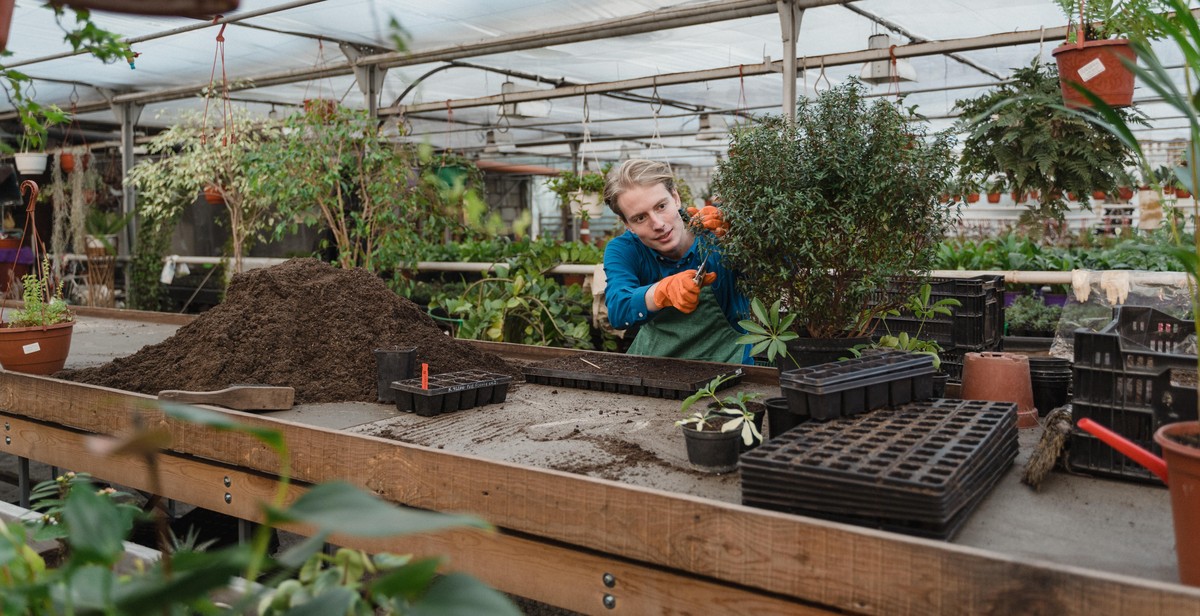
Preparing the Soil and Containers
Before you start planting your indoor herb garden, it’s important to prepare the soil and containers properly. Here are some key factors to consider:
Soil Mix
Choosing the right soil mix is crucial to the success of your indoor herb garden. It’s recommended to use a high-quality potting mix that’s specifically formulated for herbs. These mixes are usually lightweight and well-draining, which helps prevent over-watering and root rot. You can also add some organic matter, such as compost or worm castings, to the soil to provide additional nutrients for your herbs.
Container Size and Material
The size and material of your containers will depend on the specific herbs you’re growing and the space you have available. Generally, it’s best to choose containers that are at least 6-8 inches deep and wide enough to accommodate the root system of your herbs. Avoid using containers that are too large, as this can lead to over-watering and stagnant soil. As for materials, plastic and ceramic pots are popular choices for indoor herb gardens.
Drainage
Proper drainage is essential for the health of your herbs. Make sure your containers have drainage holes at the bottom to allow excess water to escape. You can also place a layer of gravel or pebbles at the bottom of the container to improve drainage.
By taking the time to prepare your soil and containers properly, you’ll set your indoor herb garden up for success and ensure healthy, thriving plants.
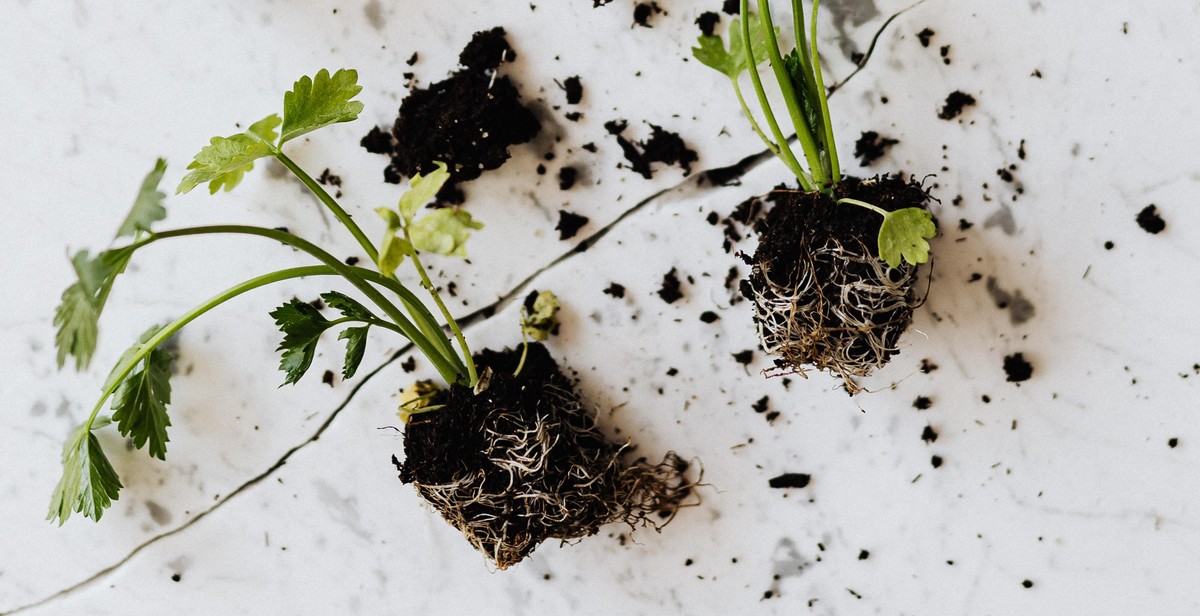
Planting and Maintenance
Planting Techniques
Before planting your indoor herb garden, it is important to choose the right container. Ensure that the container has drainage holes to prevent waterlogging. Fill the container with a well-draining potting mix that is rich in organic matter. Sow the herb seeds according to the packet instructions, and lightly cover with soil. Keep the soil moist until the seeds germinate.
Watering and Fertilizing
Watering is crucial to the success of your indoor herb garden. Ensure that the soil is moist but not waterlogged. Water the herbs when the top inch of soil is dry. Fertilize your herbs every two weeks using a balanced liquid fertilizer. Avoid over-fertilizing, as this can lead to weak growth and reduced flavor.
Pruning and Harvesting
Pruning is essential to keep your herbs healthy and promote bushy growth. Pinch off the tips of your herbs regularly, and remove any yellow or dead leaves. Harvest your herbs when they are mature, but before they flower. Cut the stems just above a leaf node to encourage new growth. Use sharp scissors or pruning shears to avoid damaging the plant.
| Herb | Planting Depth | Days to Germination | Days to Maturity |
|---|---|---|---|
| Basil | 1/4 inch | 5-10 | 60-90 |
| Cilantro | 1/4 inch | 7-10 | 50-55 |
| Mint | 1/4 inch | 10-15 | 90-120 |

Troubleshooting Your Indoor Herb Garden
While growing your own indoor herb garden can be a rewarding experience, it’s not without its challenges. Here are some common issues you may encounter and how to troubleshoot them:
Pests and Diseases
Pests and diseases can quickly ruin your indoor herb garden. Keep an eye out for common pests like aphids, spider mites, and whiteflies. If you notice any signs of infestation, isolate the affected plant and treat it with an organic insecticide or miticide.
Prevent diseases by ensuring good air circulation and avoiding overwatering. If you do notice any signs of disease, remove the affected leaves or plants and dispose of them immediately.
Overwatering and Underwatering
Overwatering and underwatering are common mistakes that can lead to plant death. To avoid overwatering, make sure your pots have drainage holes and only water your herbs when the top inch of soil is dry to the touch.
Underwatering can also be a problem, especially in dry indoor environments. To prevent this, mist your herbs regularly with a spray bottle and consider using a humidifier to maintain proper moisture levels.
Light and Temperature Issues
Herbs need plenty of light to thrive, so make sure they’re getting enough. If your herbs are looking leggy or pale, they may not be getting enough light. Consider moving them closer to a window or investing in a grow light.
Temperature can also be a factor. Most herbs prefer temperatures between 60 and 75 degrees Fahrenheit. Avoid placing your plants near drafty windows or air conditioning vents, which can cause temperature fluctuations.
By troubleshooting these common issues, you can keep your indoor herb garden healthy and thriving for years to come.
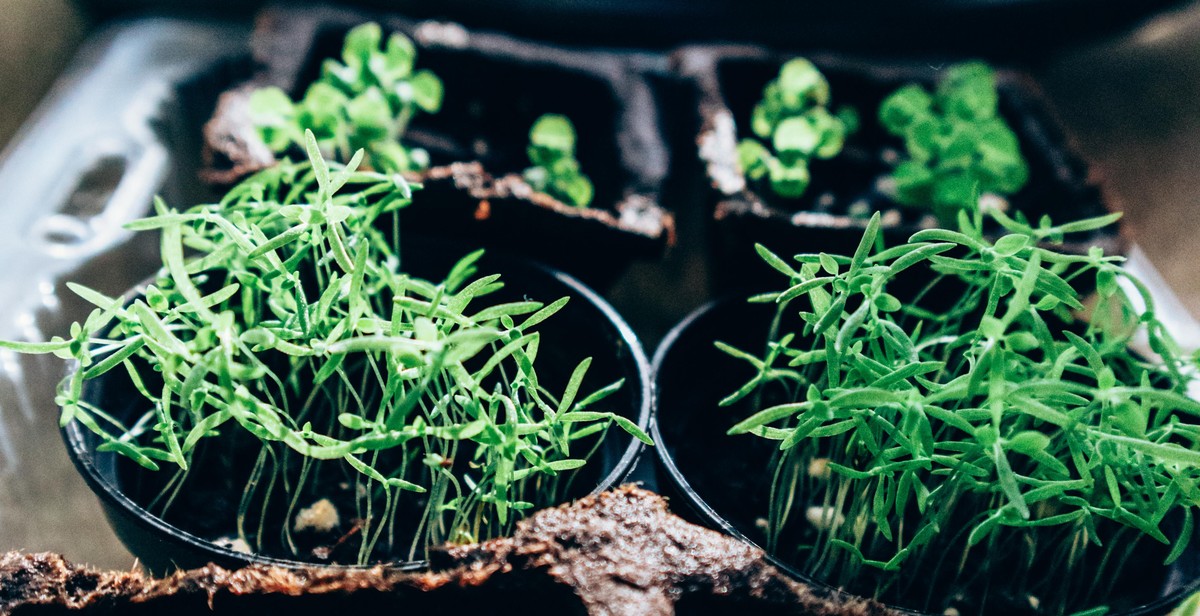
Conclusion
Growing an indoor herb garden is not only a fun and rewarding hobby, but it is also a great way to have fresh herbs at your fingertips all year round. By following the steps outlined in this article, you can successfully grow your own indoor herb garden and enjoy the benefits of fresh herbs in your cooking.
Tips for Success
- Choose the right herbs for your space and needs
- Use quality soil and containers
- Provide adequate light and water
- Regularly prune and harvest your herbs
Benefits of Growing Your Own Indoor Herb Garden
There are many benefits to growing your own indoor herb garden, including:
- Cost savings – fresh herbs can be expensive to buy, but growing your own can save you money in the long run
- Health benefits – fresh herbs are packed with nutrients and can add flavor to your meals without the need for excessive salt or fat
- Convenience – having fresh herbs on hand means you can add them to your meals whenever you want
- Sustainability – growing your own herbs reduces the need for transportation and packaging, making it a more sustainable choice
Final Thoughts
Growing your own indoor herb garden is a fun and rewarding experience that can enhance your cooking and improve your overall well-being. By following the tips and guidelines outlined in this article, you can successfully grow your own indoor herb garden and enjoy the benefits of fresh herbs all year round.
